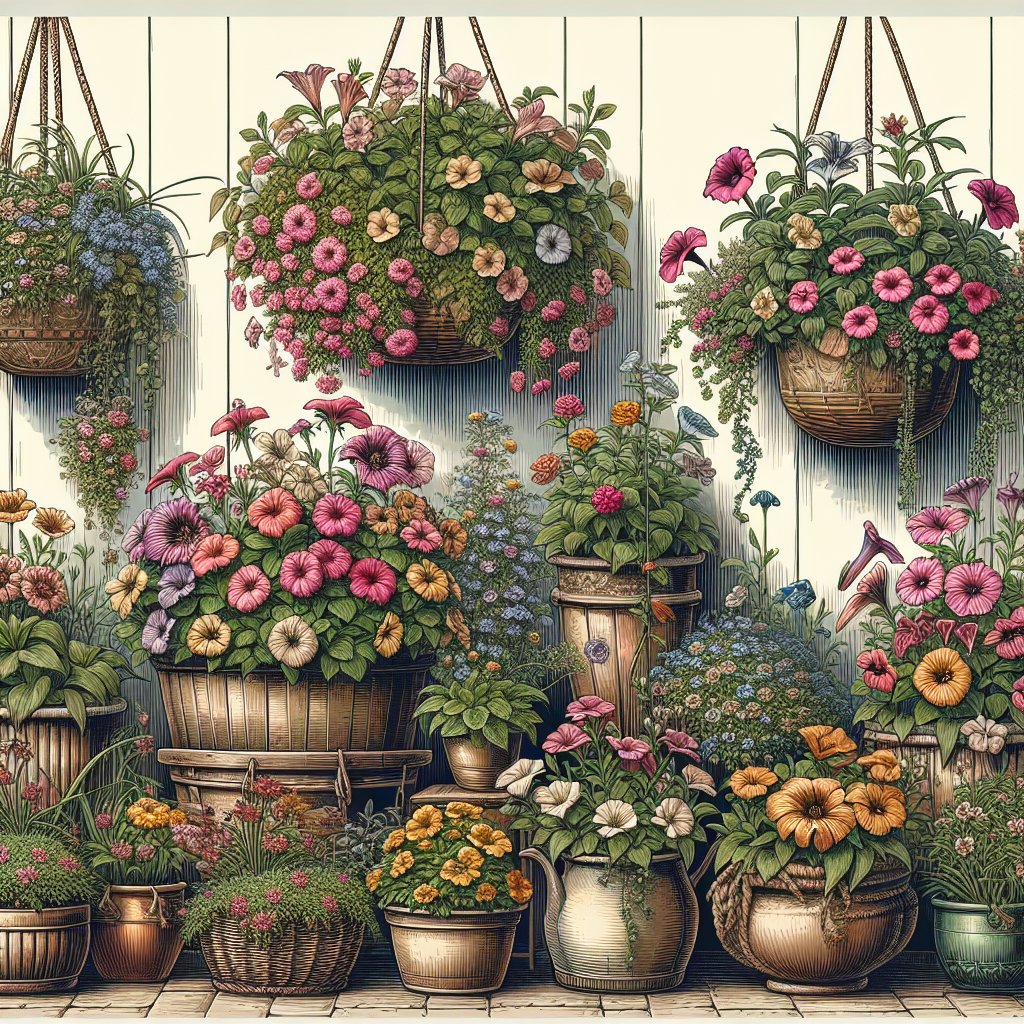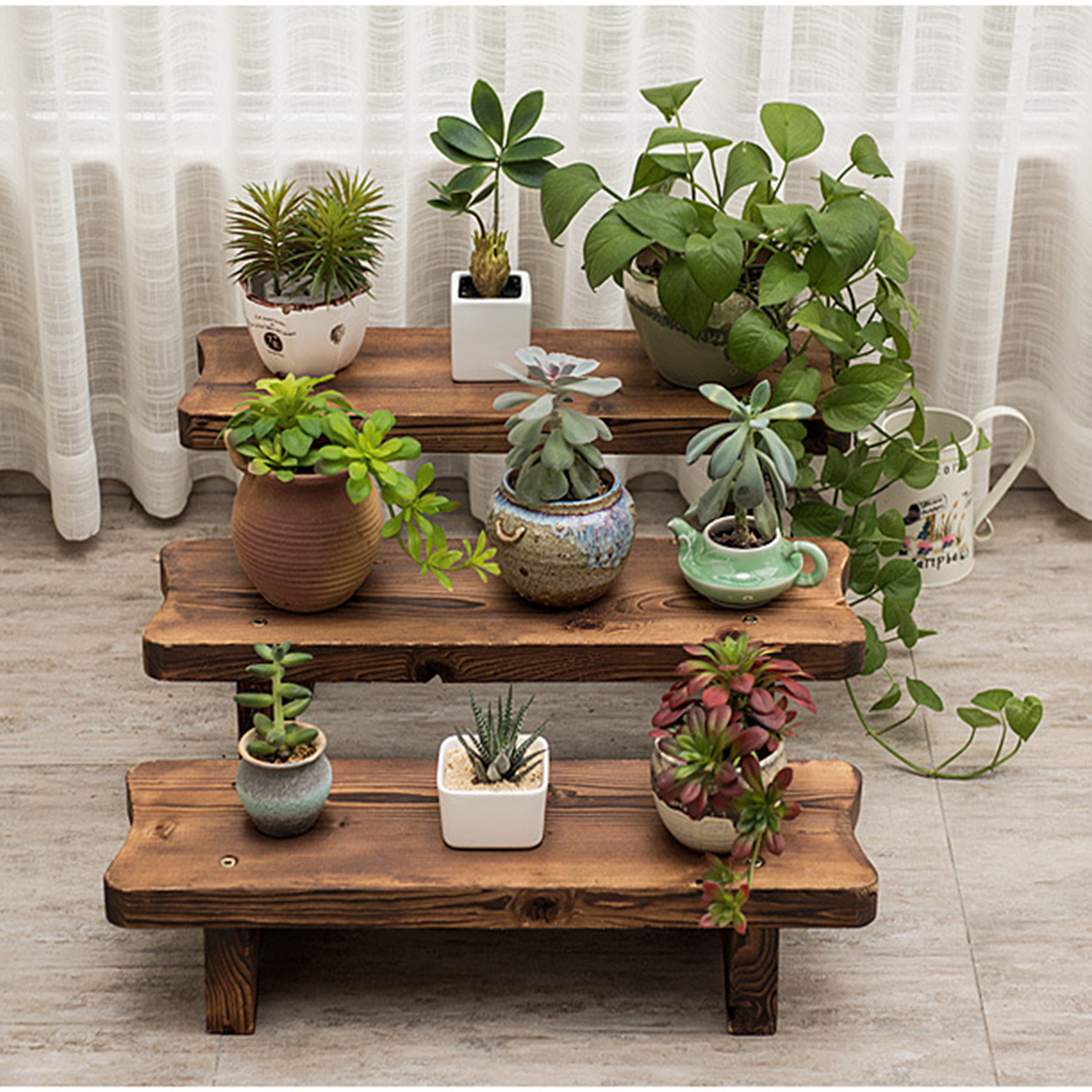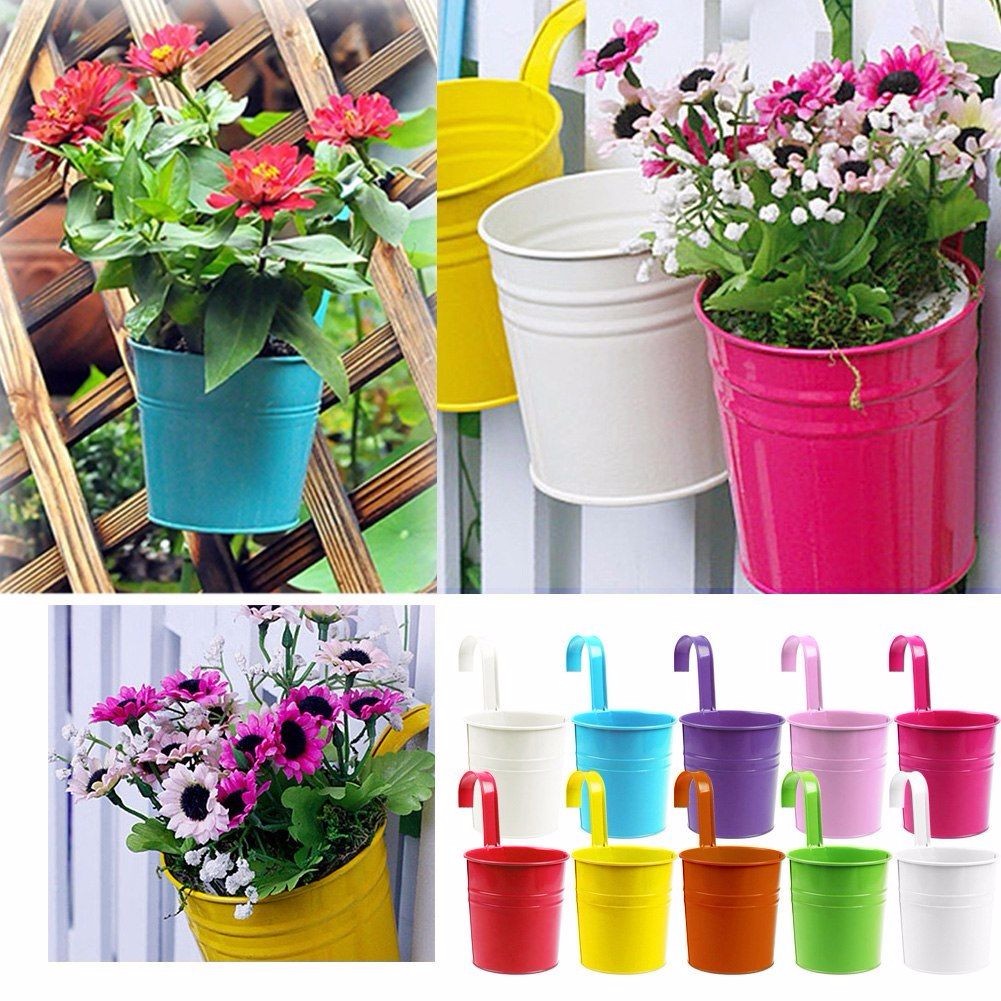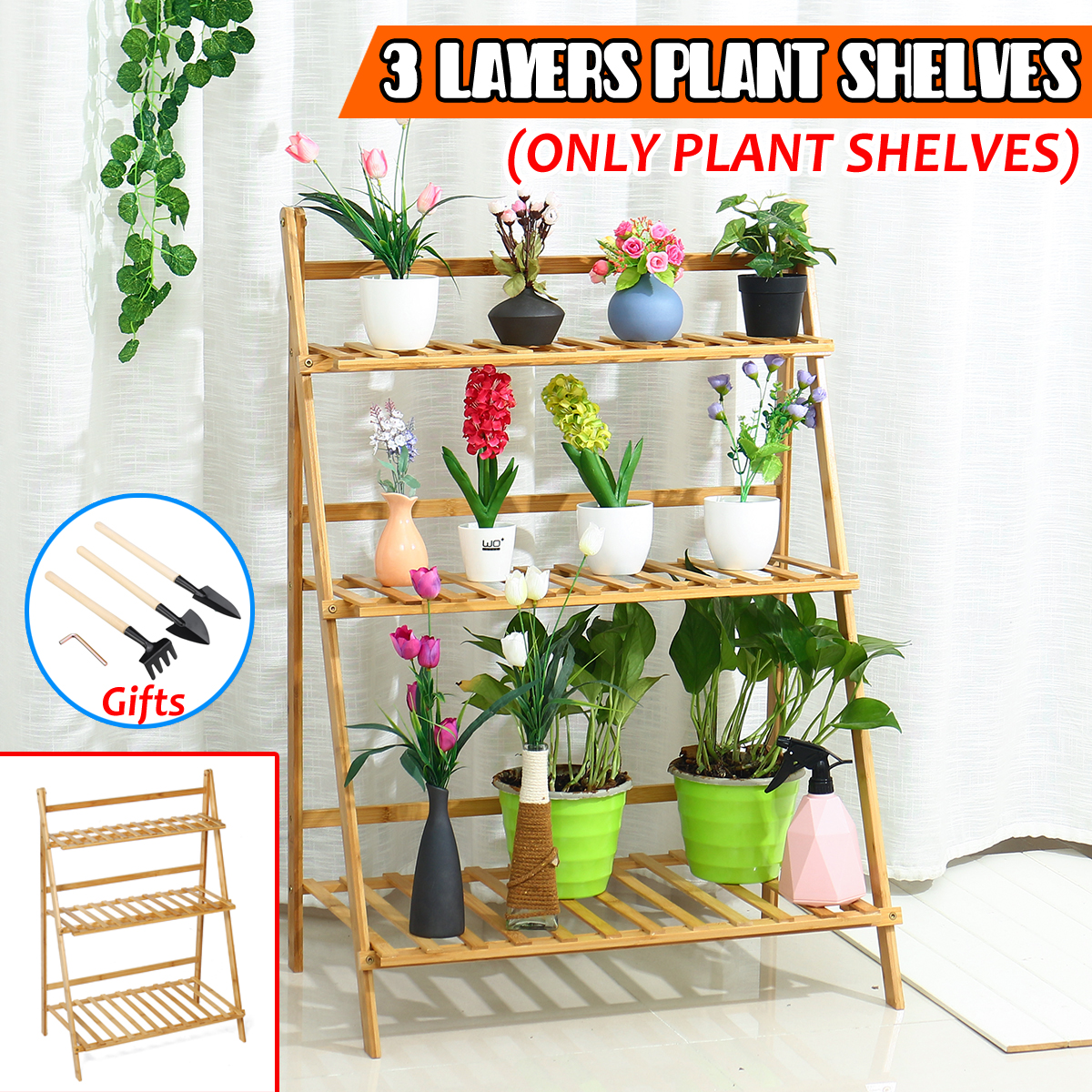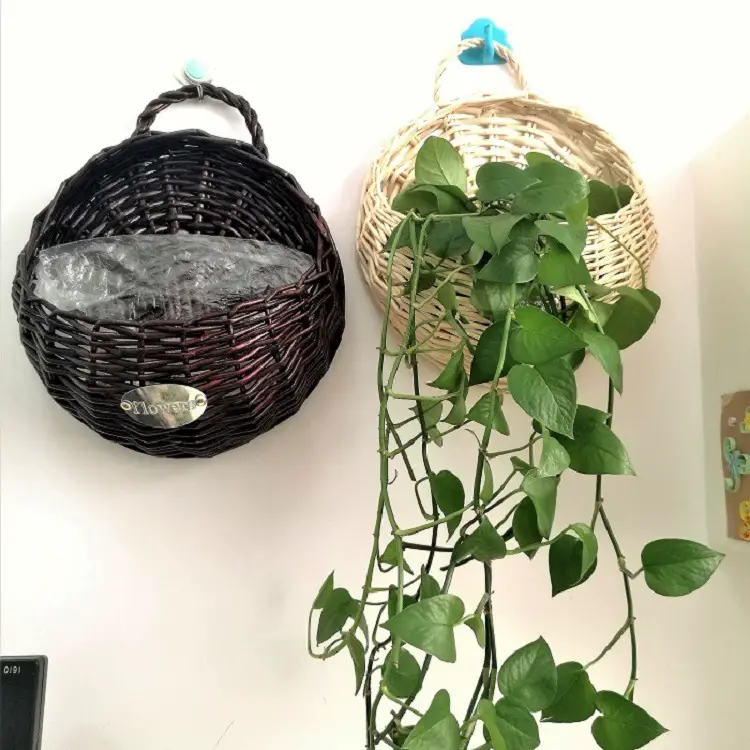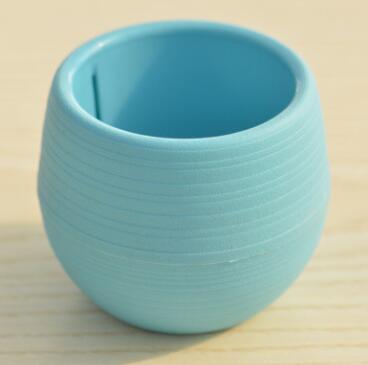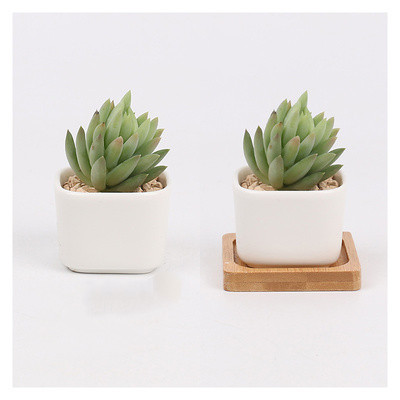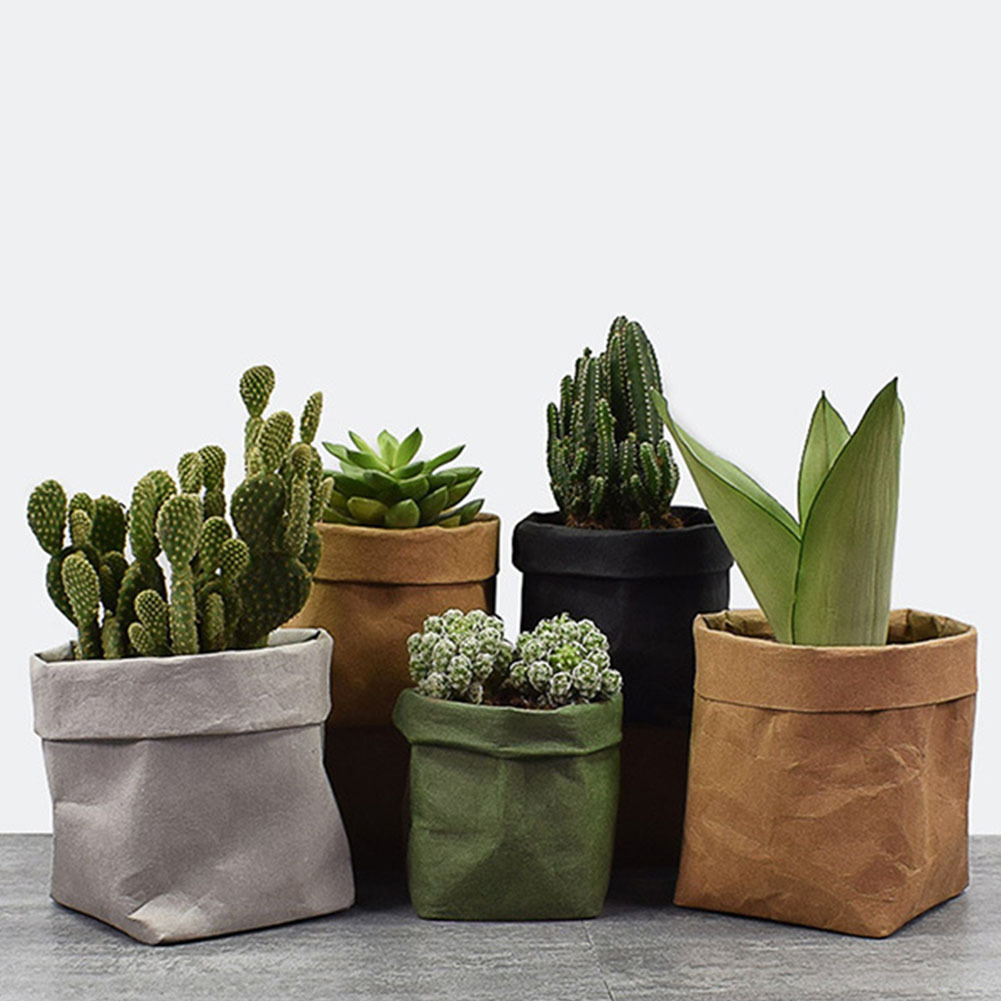How to Care for Blooming Beauties in Baskets and Pots
Container gardening has evolved into a popular and versatile form of cultivating plants, allowing both seasoned and novice gardeners to experiment with various flora in compact spaces. Whether you have expansive outdoor areas or just a cozy balcony, nurturing blooming beauties in baskets and pots allows you to create vibrant displays that add charm and vitality to your environment. This article delves into the art and science of caring for these captivating floral arrangements, ensuring that they thrive and bloom bountifully.
From Seed to Bloom: Nurturing Plants in Containers
Starting your floral journey from seeds offers a rewarding experience. It allows you to engage deeply with the growth process and guarantees a personal connection with each blossom that emerges.
-
Choosing the Right Seeds: When selecting seeds, consider your local climate and the growing conditions you can provide. Plants like petunias, marigolds, and zinnias are popular choices for baskets and pots due to their vibrant hues and manageable growth patterns.
-
Soil Selection: A crucial component of successful container gardening is choosing the appropriate soil. A light, well-draining potting mix enriched with organic matter provides the necessary nutrients and air circulation for root development.
-
Sowing and Watering: Plant seeds according to their recommended depth and spacing. Initially, gentle misting helps maintain soil moisture without displacing delicate seeds. Once germination begins, regular watering is crucial; however, avoid waterlogging, which can lead to root rot.
-
Light and Temperature Considerations: Most flowering plants require full sun, meaning at least six hours of sunlight per day. However, certain species prefer partial shade. Understanding your plant’s specific light needs is vital for robust growth. Protect seedlings from extreme temperatures by adjusting their exposure or bringing containers indoors during harsh weather.
-
Fertilization: Supplement the soil’s nutrients with balanced, water-soluble fertilizers. Begin feeding at half strength once seedlings develop their true leaves, gradually increasing concentration as plants mature.
-
Pruning and Maintenance: Regularly inspect plants for dead or yellowing leaves, and pinch back spent blooms to encourage new growth. Pruning not only enhances the appearance but also directs energy towards flower production.
Designing a Stylish Container Garden
Creating a visually appealing container garden requires thoughtful planning and a touch of creativity. Design principles such as color harmony, texture balance, and space utilization come into play in transforming your space into a lush, charming oasis.
-
Container Selection: Choose containers that complement your decor and provide sufficient space for root growth. Materials like terracotta, ceramic, and even repurposed items like wooden crates can serve as unique plant vessels, each adding distinct character to your setup.
-
Color and Texture Balance: Opt for a mix of colors that reflect your personal taste – be it bold, contrasting tones or a harmonious, monochromatic scheme. Combine plants with varying leaf textures and shapes to add depth and interest.
-
Arrangement and Spacing: A well-arranged container garden utilizes the principles of thriller, filler, and spiller. The “thriller” is a focal point plant that captures attention; the “filler” adds volume, and the “spiller” trails over the container edge, softening outlines and adding a cascading effect.
-
Strategic Placement: Consider the environmental needs of your plants when determining placement. Group plants with similar light and water requirements together to simplify care and promote healthier growth.
-
Enhancing Vertical Space: Don’t overlook vertical elements in your design. Hanging baskets, tiered stands, or wall-mounted planters not only maximize space in restricted areas but also create dynamic visual layers.
-
Incorporate Personal Touches: Add unique features like decorative stones, miniature sculptures, or wind chimes to infuse your personality into the garden space.
Overcoming Common Challenges in Container Gardening
While containers offer a controlled environment, they can also present specific challenges unique to this form of gardening. Recognizing and addressing these early can prevent plant stress and promote flourishing growth.
-
Water Management: Watering is a double-edged sword in container gardening. Containers dry out faster than garden beds, necessitating more frequent watering, yet overwatering remains a prominent issue. Ensure your containers have adequate drainage holes, and consider using moisture-retentive additives or self-watering planters.
-
Nutrient Depletion: Because container soil is limited, nutrients are quickly exhausted. Regular fertilization is essential, utilizing slow-release granules or liquid feeds as appropriate for your chosen plant species.
-
Pest Control: Potted plants are not immune to pests. Regularly inspect for signs of aphids, spider mites, and fungal diseases. Organic insecticidal soap or neem oil can be effective solutions for many issues, but prompt action is crucial to prevent infestations from spreading.
-
Environmental Stresses: Containers can be more affected by temperature fluctuations than ground plants. Insulate pots in extreme cold, and provide shade or mulch in intense heat to protect plant roots.
-
Space Constraints: Limited space necessitates selective planting. Research plant sizes and growth patterns to avoid overcrowding, which can lead to reduced air circulation and heightened disease risk.
Ongoing Care and Seasonal Adaptations
Successful container gardening extends beyond initial planting; it involves continual care and seasonal adaptation.
-
Regular Inspection: Conduct ongoing checks for signs of stress or disease. Early detection and intervention can save plants from severe damage.
-
Adapting to Seasons: Depending on your region, you may need to adjust your container garden seasonally. In cooler climates, consider moving tender perennials indoors or to sheltered areas. In summer, ensure adequate water supply and adjust placement to protect plants from intense sunlight.
-
Transplanting and Dividing: Some perennials or fast-growing annuals will outgrow their containers. Be prepared to transplant or divide plants to maintain vitality and promote fresh growth.
-
Refreshing Soil: Over time, soil in pots becomes compacted and depleted. Rejuvenate it by partially replacing old soil with new, fertile mixture at the start of each growing season.
-
Continuous Learning: Stay informed about the latest horticultural practices for the specific plants you cultivate. Engage in gardening communities or follow expert blogs to expand your knowledge and exchange tips.
Creating a Sustainable Container Garden
With growing awareness around sustainability, container gardening can also align with eco-friendly practices.
-
Use of Recycled Materials: Choose containers made from recycled or sustainably sourced materials. Repurposing everyday items as planters contributes to a more sustainable garden.
-
Organic Practices: Adopt organic gardening methods, minimizing the use of chemical fertilizers and pesticides. Natural compost, homemade plant food, and companion planting are effective and environmentally conscientious choices.
-
Water Conservation: Implement water-saving strategies such as the use of rain barrels for collection and efficient irrigation systems. Grouping containers to create a microclimate can also reduce overall water consumption.
-
Biodiversity Promotion: Encourage ecological balance by attracting pollinators and beneficial insects to your garden. Incorporate native plants that provide habitats and food sources to local wildlife.
-
Lifecycle Gardening: Plan your garden to transition smoothly between seasons, utilizing short-lived plants alongside perennials for continuous blooms. This approach not only maintains garden interest year-round but also supports sustainable plant choices.
Conclusion
Caring for blooming beauties in baskets and pots is a delightful endeavor that brings nature’s vibrancy into your living space, regardless of its size. By understanding the foundational principles of container gardening — from seed nurturing to stylish design and overcoming challenges — you can create flourishing, personalized oases. Embrace the opportunity to express creativity and passion for the environment through your container garden, fostering a rewarding relationship with the natural world. Whether you’re cultivating a solitary pot of brilliant blooms or an elaborate display of cascading colors, the joy of watching each seed rise to a full bloom is unmatched. So grab your gardening gloves and embark on this journey where vibrant florets meet tender care, crafting spaces of beauty and serenity.


